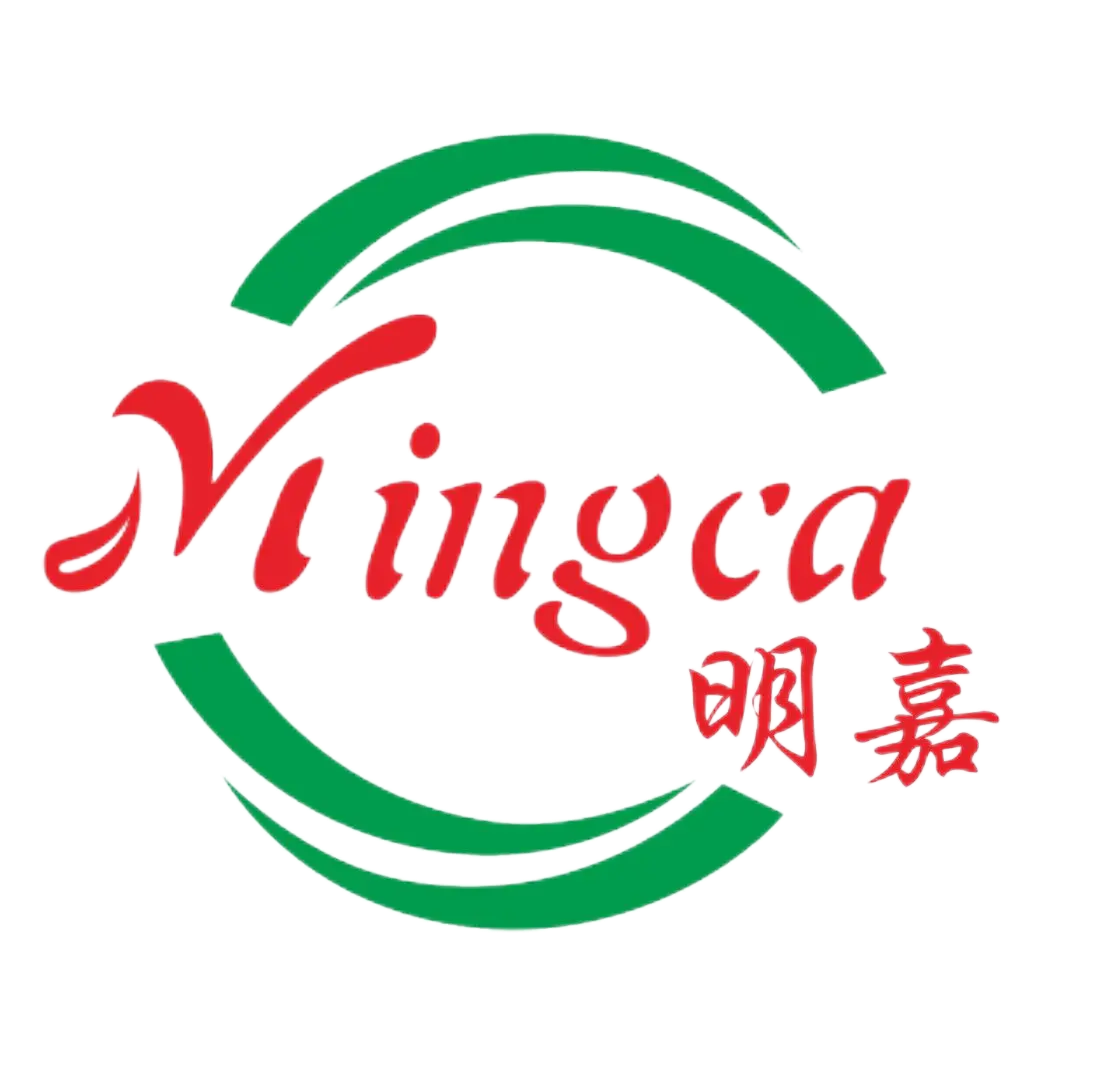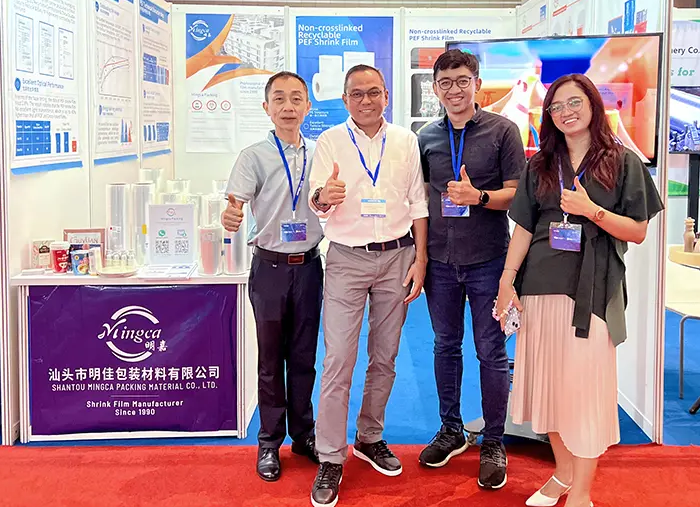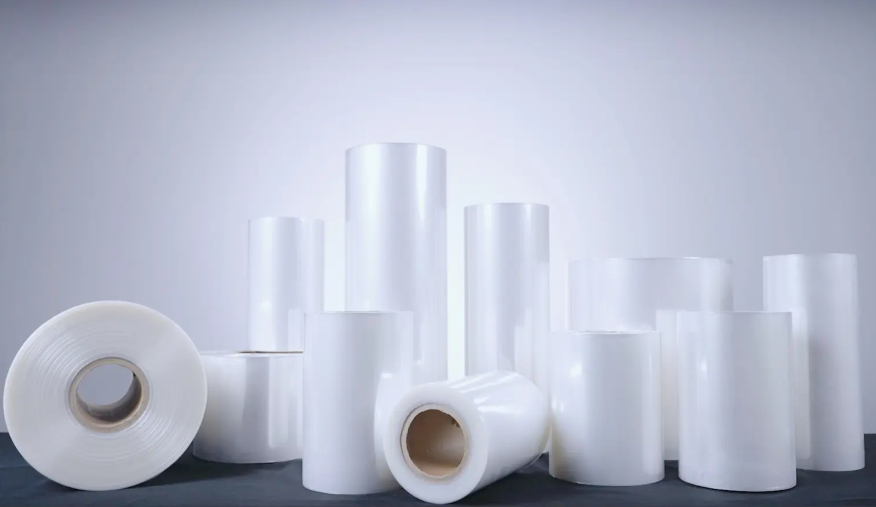Packaging sustainability goals is far away! Can PEF shrink film become a new solution for the packaging industry?
Behind the postponement of the packaging sustainable development goals is a gap between corporate expectations and reality. PEF shrink film can provide medium to long term transitional flexible packaging solution to help companies achieve sustainable packaging goals.
Recently, Unilever has adjusted its ESG strategy, proposing to change the goal of reducing virgin plastics by 50% by 2025 to 30% by 2026. As for the goal of making all plastic packaging recyclable, reusable or compostable by 2025, it will be postponed to 2030 or even later.

Unilever is not the only company to make such changes before the 2025 deadline. Starbucks, Colgate-Palmolive, and others have also entered adjustment mode, and more such changes may be occur across the industry.
Behind the delayed goals is the difficulties faced by giant companies
The amendment to the EU Packaging and Packaging Waste Regulation (PPWR) clearly proposes to increase the reduction goal for plastic packaging by 10% in 2030, 15% in 2035, and 20% in 2040. (Reduction goals for other packaging: 5% in 2030, 10% in 2035, and 15% in 2040) In addition, the amendment stipulates that by 2030, all packaging must be reused or recycled in an economically feasible way. This indicates that packaging supervision standards will be gradually strengthened.

It is undeniable that the constraints and guidance of regulations are of great significance to maintaining corporate competitiveness and promoting sustainable economic development. However, in actual applications, facing regulations such as the EU PPWR and more stringent plastic ban regulations targeting enterprises, switching to sustainable packaging will only significantly increase the expenditure costs of enterprises, resulting in the failure to effectively achieve the expected goals.
How do companies deal with the contradiction between regulations and reality? In the broad and profound global transformation of the plastics cycle, any company needs to pay attention to and think about how to explore new ways between expectations and reality, ideals and conflicts, and find a more moderate transitional solution.
Recyclable PEF shrink film is a medium to long term transitional solution
PEF shrink film, full name Non-crosslinked Recyclable PEF Shrink Film, is a groundbreaking product launched by Mingca Packing and ExxonMobil after four years of in-depth cooperation. Its innovation lies in opening up a new field of mono polyethylene heat shrink film, which is in line with the general direction of global sustainable packaging development and can provide companies with medium to long term transitional flexible packaging solutions.
Recyclable film: Meeting the mono polyethylene material structure, PEF is designed for recycling*. It is a forward-looking film design material that has obtained China's double easy
certification and EU recyclable certification by TÜV Rheinland professionally certified.

Pic:China's double easy certification Pic:EU recyclable certification
Outstanding performance: small film, big world. With standard recyclability, PEF shrink film also has quite outstanding packaging performance. Whether in optics, corner margin, or low temperature shrinkage performance, it has performance advantages over conventional POF and cross-linked film. It also has the potential to be on par with cross-linked film in shrinkage tensile and strength, combining protection and aesthetics. The product has a wide range of uses and can replace POF and cross-linked film. It can be used to package products of various shapes, such as electronic products, household and personal care products, medicines, food, books and magazines, plastic utensils and toys.

Comparison of optical properties of PEF film, POF and cross-linked film

Low temperature shrinkage performance(Base on the Mingca's internal 15KW packing linetest)

Comparison of shrinkage corners of PEF film, POF and cross-linked film
Comply with packaging design principles: According to Article 21 of the "Packaging and Packaging Waste Regulations PPWR", economic operators must ensure that the ratio of free space in the packaging to the packaged product does not exceed 40%. Compared with the high cost and packaging design disadvantages of paper packaging, PEF can fully meet regulatory requirements and comply with packaging design standards. It balances safety and functionality while ensuring that packaging space is saved.









